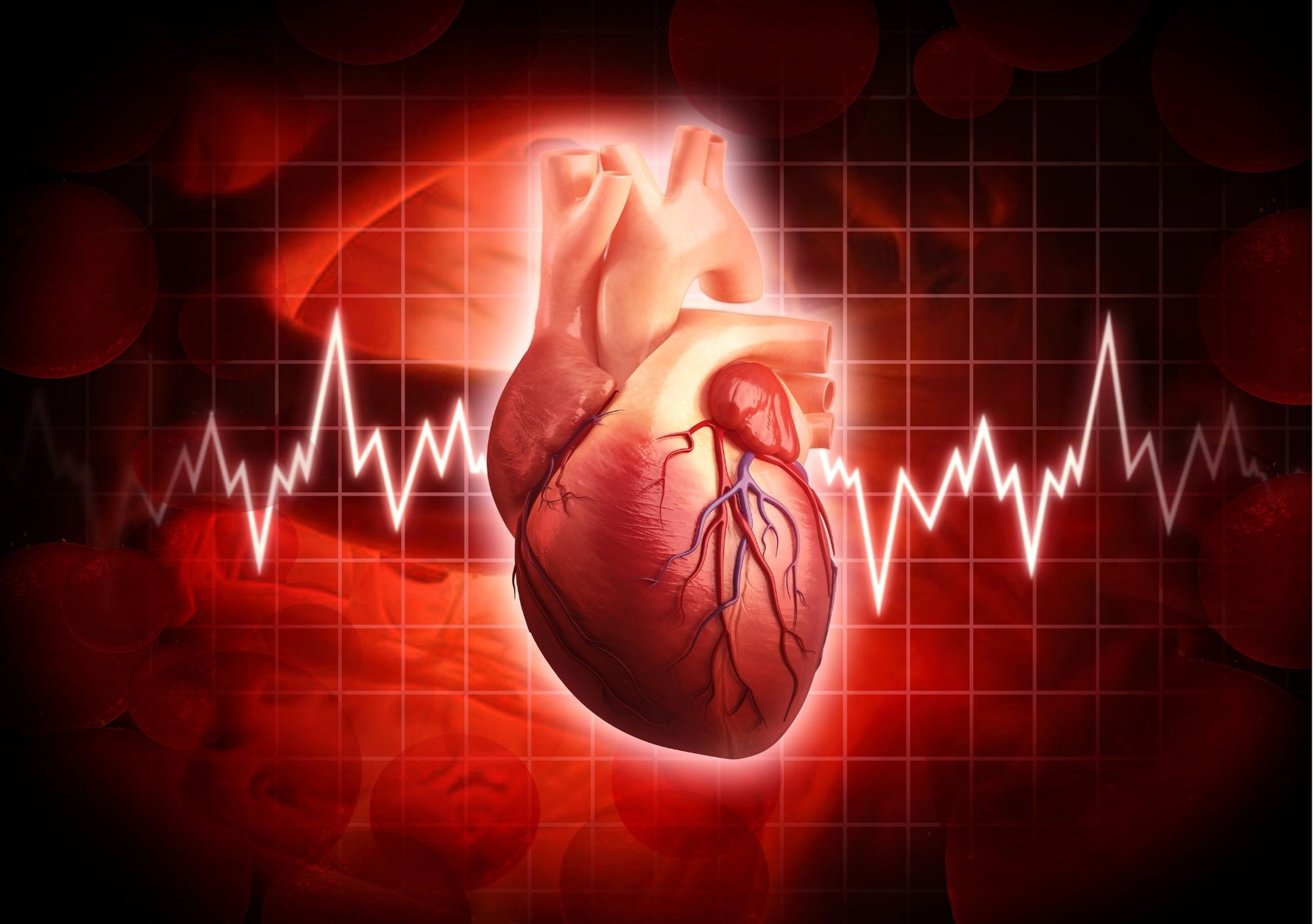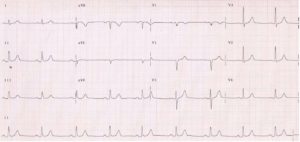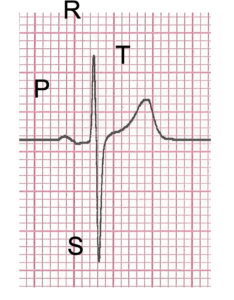In certain situations, it is helpful to be able to monitor the ECG over an extended period. There are several ways to do this. An ambulatory ECG monitor (Holter monitor) is a portable monitor that attaches to the skin via sticky electrodes that record the ECG continuously, for periods ranging from 24 hours to two weeks. This is supplied with a symptom diary in which the date, time and nature of any symptoms occurring during the recording are entered. The symptom diary is extremely important, as it allows us to see exactly what is happening to the heart rhythm at the time that these symptoms occur. It is helpful to enter ‘no symptoms’ in the diary if none occurred whilst the monitor was being used, because many people have disturbed heart rhythms during ambulatory ECG monitoring, and many heart rhythm disturbances require treatment only if they are causing symptoms.
When symptoms that indicate a possible heart rhythm disturbance occur only infrequently, options for recording an ECG whilst these symptoms appear include the use of devices such as Kardia, which enables ECG recordings via Smartphones and tablets, or the Apple Watch. The Implantable Loop Recorder (ILR) is a small, battery-powered ECG that is implanted under the skin over the chest wall and records the heart rhythm continuously for up to three years. The ILR automatically stores ECG recordings of abnormal heart rhythms, and it also stores ECG recordings if the accompanying activator device is used when symptoms occur. The ILR can be monitored remotely by the hospital.


